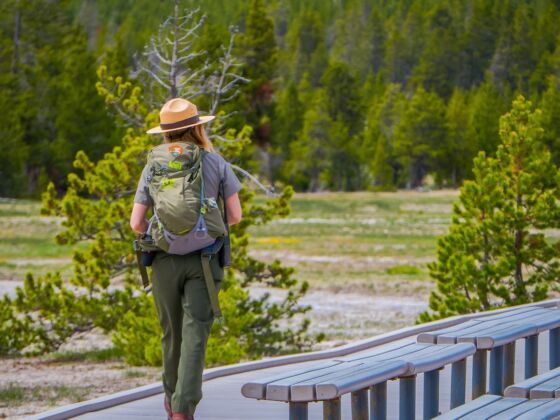THE NATIONAL PARK SERVICE (NPS) HAS BEEN CELEBRATED as America’s greatest idea and because of the centennial, it’s received its fair share of news this year. However, despite the celebration, much of this news about the NPS has been negative. The centennial has brought to light a number of sexual harassment and hostile work environment cases.
Let’s take a look at how “America’s greatest idea” treats its female employees.
